Resistant starch is a type of starch that enters the colon without being digested in the small intestine. It is unaltered when it reaches the colon and this offer several health benefits. This type of starch is fermented when it enters the colon, which is the reason why it is helps treat diarrhea. It also helps increase your intake of minerals and calcium. In order to include it in your diet, you need to know about the most effective resistant starch foods. Let's find out what you can include in your diet to increase the intake.
Foods That Are Rich in Resistant Starch
Bananas
Include green bananas in your diet to increase your intake of RS2 resistant starch. What it means is that unripe bananas provide you with a higher dose of resistant starch as compared to spotted yellow ripe bananas. The resistant starch found in bananas is called inulin, which has probiotic properties and improves gut flora.
Oats
One of the simplest ways to add starch to your diet is to consume oats. You get about 3.6g of resistant starch from a 100g serving of cooked oatmeal flakes. Oats are also a whole grain and provide you with a variety of antioxidants. You can increase the amount of resistant starch by allowing cooked oats to cool down for several hours.
Cooked and Cooled Rice
If you are looking for a low-cost way to include resistant starch in your diet, try rice. The best idea is to cook large batches at a time and consume them over the week. This helps increase the resistant starch content of rice. You may enjoy more benefits by opting for brown rice because it has higher fiber content and provides you with several micronutrients, including magnesium and manganese.
Corn
Corn is always among the most popular resistant starch foods. The best thing is that it is also a good source of fiber, which makes it even more beneficial for your digestive health. You can also include it in your diet if you have type-2 diabetes. Insulin found in this type of starch has a probiotic effect and promotes gastrointestinal health. It also lowers triglycerides and cholesterol levels in the blood.
Legumes
Include legumes in your diet to increase your intake of resistant starch as well as fiber. It is important that you soak legumes first and then cook them to get rid of lectins and other antinutrients. How much resistant starch you get depends on the type of legume. Still, you can get around 1-4g of resistant starch from a 100g serving of legumes. Be sure to cook them well.
Beans
Just like legumes, you can also include beans in your diet to up your intake of resistant starch. Beans are eating cooked, raw, and as a processed food. They maintain their starch content in all their forms, but it is better to soak and cook them first, just like legumes, to get enough resistant starch.
Sushi
Cooled starch products are always quite beneficial, and such rice is something you can always try. It provides you with RS3 resistant starch. It has a probiotic effect on your gastrointestinal system and even helps lower your risk of certain cancer types, including colon cancer. Keep in mind that sushi rice also contains some flavor-enhancing additives as well as vinegar. The presence of vinegar makes it even better for your overall health – vinegar helps your body convert resistant starch to butyric acid that promotes healthy gut flora.
Potatoes
One of the most common resistant starch foods is potato. While potatoes are a good source of resistant starch, how much they actually have depends heavily on the overall condition of the potatoes. For instance, you get about 13% resistant starch when you opt for raw potatoes. That content falls by 90% when you cook potatoes. Therefore, you should consider eating potatoes raw in case you want more starch. The more you cook them, the lower their resistant starch content.
Hi-Maze Flour
Often referred to as Hi-maize fiber, Hi-maze flour is among the most condensed forms of resistant starch. It is quite like potato starch but can be easily added to oatmeal or yogurt. Another good thing is that about 50% of it is fiber. Simple add a teaspoon of Hi-maze flour to your meal to enjoy its health benefits.
Cold Pasta
You get more than a quarter of your recommended daily intake of resistant starch from a cup of cold pasta – it provides you with 1.4g of resistant starch. Simply cook pasta and let it cool for some time. You get RS3 resistant starch from cold pasta. While cold pasta contains carbs, it is safe for diabetics as well.
Warning
While there are many resistant starch foods to include in your diet, it is better to eat in moderation. Some studies have found that it is enough to eat 4g of resistant starch a day. Some experts believe you can actually double that amount, but it is usually enough to include a cup of resistant starch food a day in your diet. Consuming too much of resistant starch too quickly can cause some problems, including cramping, bloating, gas, and diarrhea. Therefore, it is a good idea to talk to a dietician before you include these foods in your diet, especially if you already have an existing health condition.
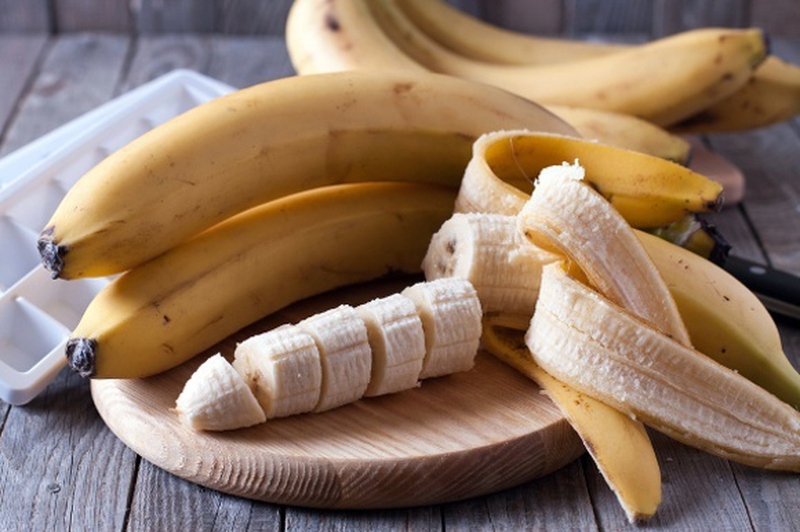

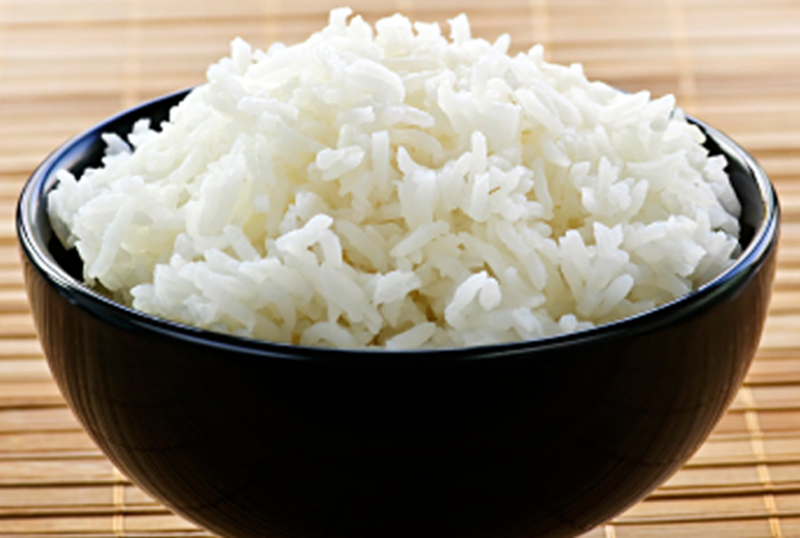
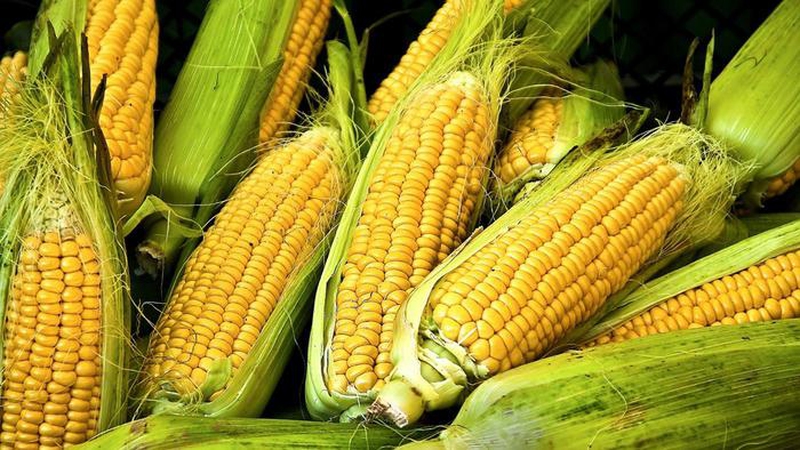
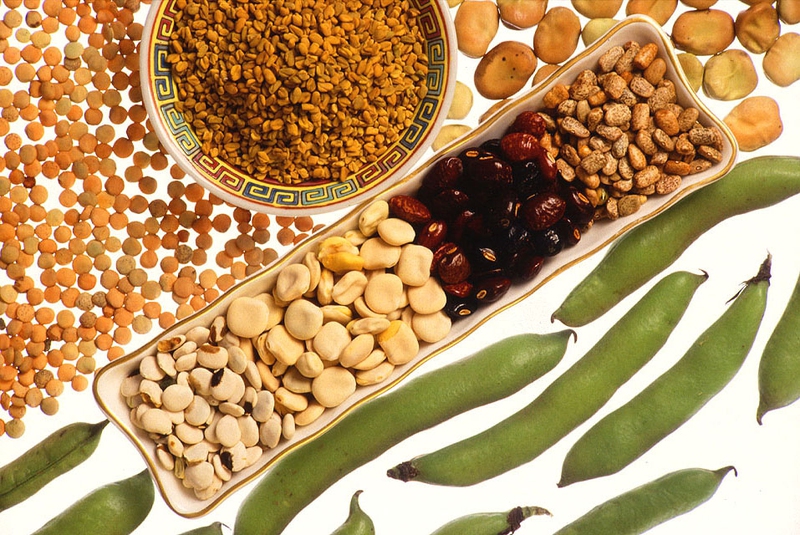
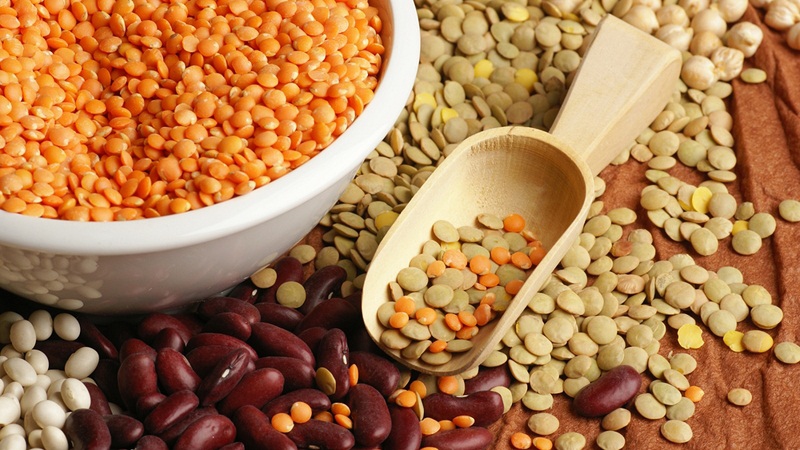

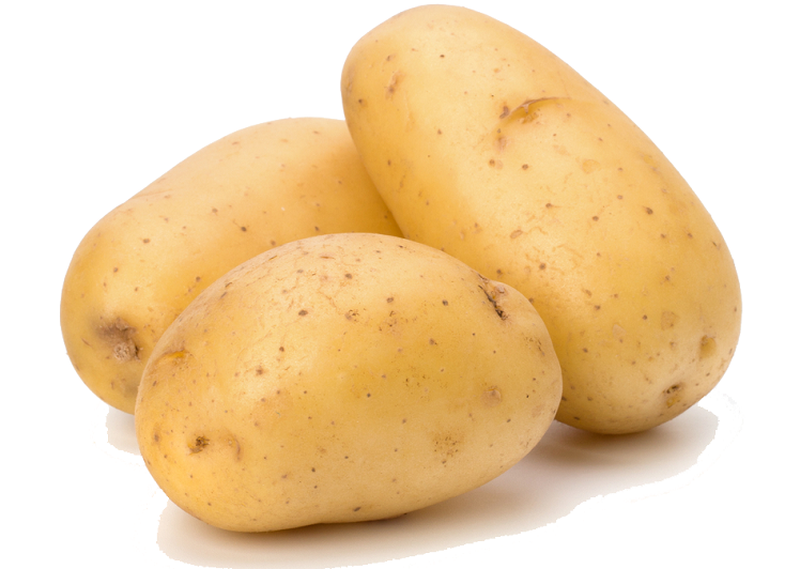
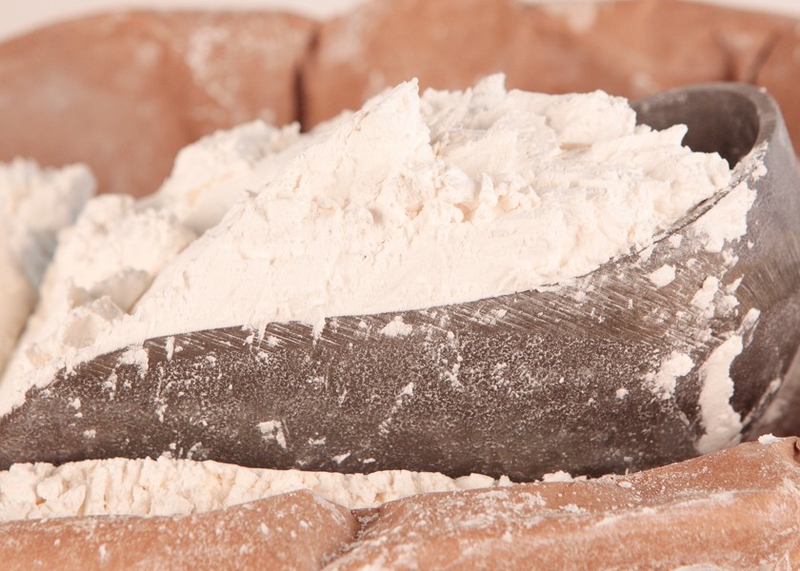
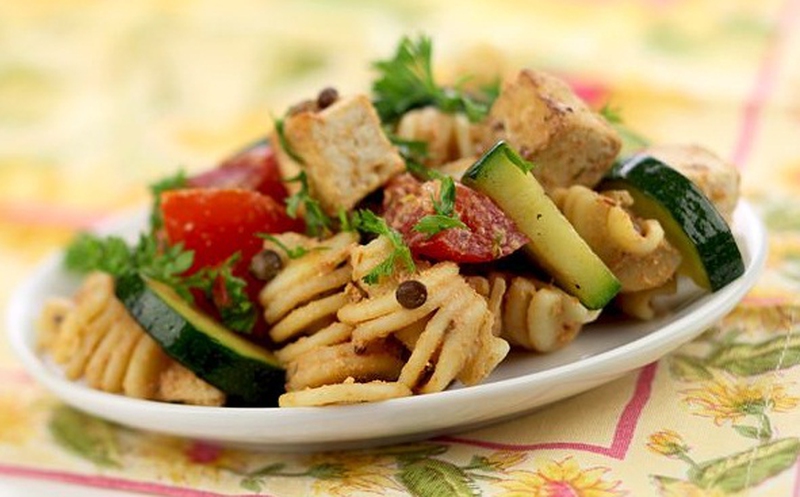
View All Comments /Add Comment